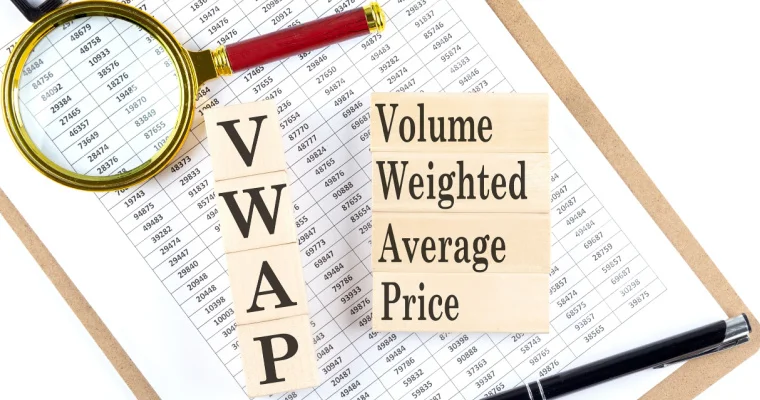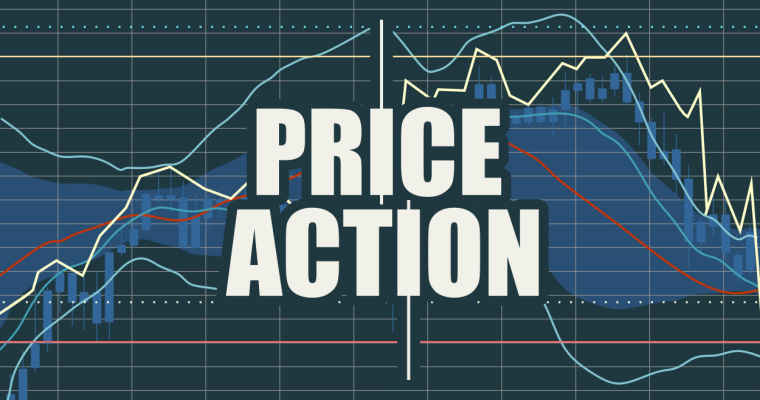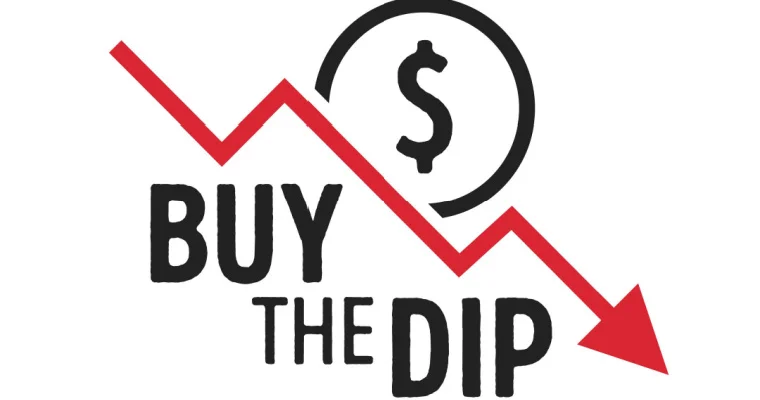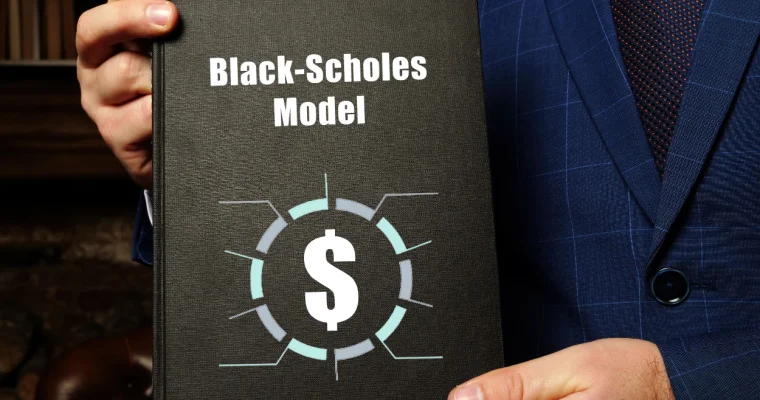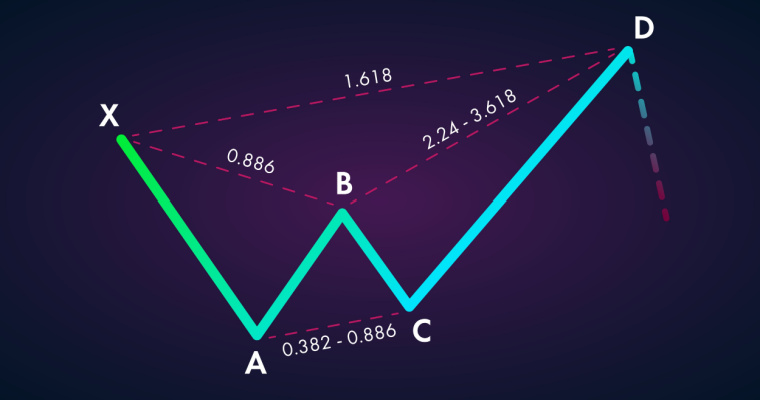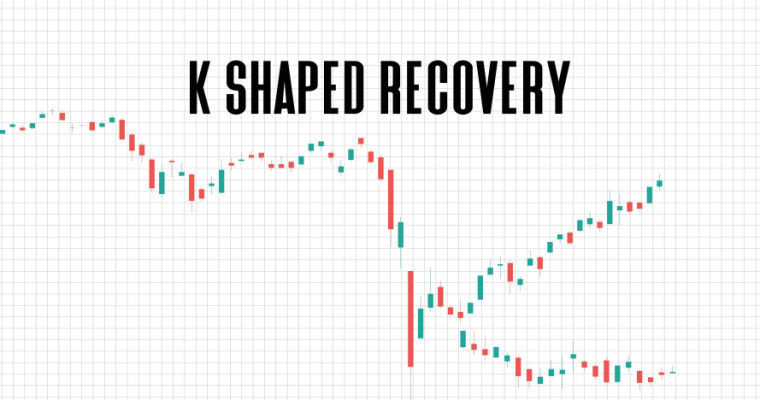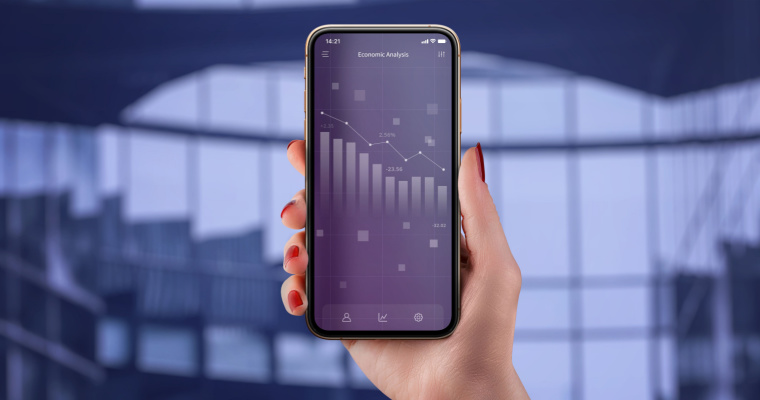At the Money – Uses, Advantages and Examples
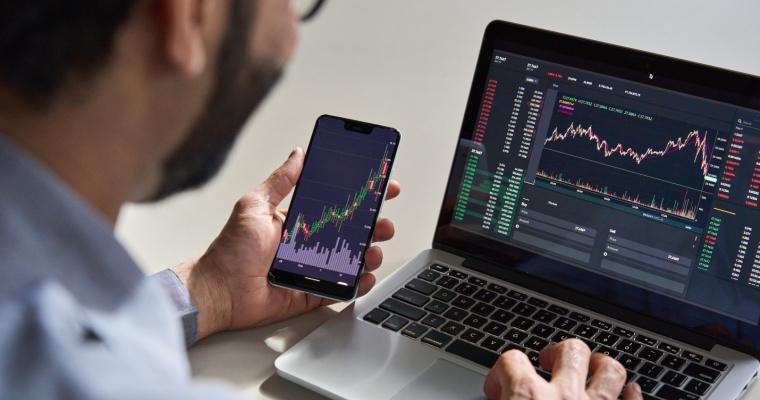
At the money refers to a situation where the strike price of an option is the same as the current market rate of the underlying asset or security. If the strike price matches the cost of the stock, both the call option and put option can be at the money at the same time.
Given that it is not very common for the strike price of an option to match the cost of the underlying stock in absolute terms, even a strike price extremely close to the rate of the stock is considered at the money. Usually, an at the money option will have a delta of +0.50 or – 0.50. The value is positive if it is a call and negative if it is a put. Read on to understand everything about at the money.
Examples of At the Money
To understand the concept of at the money, consider the following call and put options for a stock XYZ. It expires on November 15, 2022. The table below shows the options (call or put), the strike price, and the stock price.
| Options | Strike Price | Stock Price | At the money |
| Call | Rs.290 | Rs.320 | No |
| Put | Rs.120 | Rs.120 | At the money |
| Call | Rs.150 | Rs.150 | At the money |
| Put | Rs.150 | Rs.110 | No |
| Call | Rs.281 | Rs.280.9 | At the money |
| Put | Rs.280 | Rs.230 | No |
As shown above, when the underlying asset’s market price equals or is close to the exercise/strike rate, the option is at the money.
Options Pricing for At the Money
An option’s price is made up of intrinsic and extrinsic values. However, as mentioned above, there is no intrinsic value involved in ‘at the money’ options. They only possess time value and are subject to changes in other factors, such as implied volatility.
Implied volatility is a metric that is used to gauge the possibility of changes in an asset’s price. In other words, it is the amount the stock price fluctuates or is expected to.
If the price and the volatility remain constant, the extrinsic value reduces as you get closer to the option’s expiration. For example, you spend Rs.1 on an at the money call option with a strike price of Rs.100. As there is no intrinsic value for at the money, Rs.1 is the extrinsic value of the option.
Now, assume that volatility remains constant over time. Over a few weeks, the underlying cost increases to Rs.110. This means that the option now has an intrinsic value of Rs.10 over and above the remaining extrinsic value of Rs.1 (We say ‘remaining’ because extrinsic value reduces with time)
How Do Traders Use At the Money Options in a Straddle?
At the money options are used in specific trading strategies, and one such prominent technique is a straddle strategy. A straddle refers to a situation in which a trader will purchase not only the at the money call option but also the at the money put option of the stock. Both call and put are purchased for the same strike prices and expiration date.
A straddle can also involve the sale of both an at the money call and put option.
In the straddle technique, the investor assumes there will be significant movement in the stock. The investor will profit if the stock rises or falls by buying both call and put options.
This may seem like a quick way to make money, given that the investor makes a profit, irrespective of the stock going up or down. However, it is not easy to implement in real-time. Markets usually are more volatile, and it is tough to predict the extent of profit or loss.
Suppose an investor purchases calls and puts for Rs.10 each. To make a profit, the stock itself has to rise or fall by Rs.20 to make up the cost of both option purchases.
Also Read
Advantages of At the Money Option
There are many advantages to the at the money option.
1. Risk is Low
Risk is comparatively low for at the money options, making it one of the most accessible options for new investors to explore.
2. Flexible
At the money options provide investors with the time frame to reframe their strategies. A correct forecast during this situation can help investors earn profits.
3. Chances of Profitability
At the money options are cheaper than ‘in the money’ options. So it is easier to use price changes to your advantage. And with this, you can also increase your profit margin. Here, the possibility of making profits is higher than in the two other situations – in the money and out of the money.
Disadvantages of the At the Money Option
1. Can Be Expensive
When compared to out of money options, at the money options can be more expensive.
2. No Assurance
A lack of preparation can lead to substantial losses. If the stock market moves in the opposite direction of your investment, you could lose your entire corpus.
3. No Intrinsic Value
At the money options do not have any intrinsic value. Due to this, the possibilities are always at risk of an expiration with no value attached to it.
What is the Difference Between At the Money and Out of the Money?
Now that we have analysed at the money option, let’s compare it to two other types – in the money, and out of the money.
An out of the money option — like at the money option — does not have an intrinsic value. In this scenario, the investor will not make any gains by exercising the option. In an out of the money call option, the strike price is higher than the market price. Meanwhile, the strike price of an out of the money put option is lower than the market price of the underlying security.
Besides, the Theta value of an at the money option is higher than that of an out of the money option.
Final Word
At the money is one of the three moneyness variants in open trading. An option is said to be in an at the money situation when its strike or exercise price is the same as the underlying security’s market price. An at the money option does not have an intrinsic value; it only has the extrinsic value of time attached to it. At the money options are used in trading strategies such as the straddle, where the trader buys the put and call of a stock. While it has low risk and margin for profitability, it can be expensive and lead to loss if the option expires before moving in the direction you planned for.
FAQs
Ans: At the money is a situation where both the put option investor and the call option investor are on an equal footing. While it is not very common, both kinds of traders can benefit from it.
Ans: At the money option has a delta value of -50 cents or +50 cents.
Ans: At the money options have only extrinsic value. They do not have intrinsic value.
Ans: In the straddle technique, the trader buys both at the money call and put options of a stock. They are purchased for the same strike rate and expiry date.
Ans: An option is at the money if its market price and strike price are exactly the same. This is very rare. So, in this age of decimal stock trading, if the difference in market price and the strike price is negligible, it is considered to be near the money option. And, near the money is often used in place of at the money and means the same thing.

Customer’s Feedback
No comments found.Illiquid Stocks Guide: Definition, Examples, and its Working
Illiquid stocks are part of a long-term investment strategy that is appropriate for investors who a... Read More »What is Shooting Star Candlestick Pattern in Trading?
The shooting star candlestick pattern is considered to be a bearish reversal candlestick ... Read More »What is VWAP Indicator and How to Use it for Trading
The VWAP indicator shows the volume-weighted average market price of a particular stock. You can us... Read More »What is Price Action Trading: Its Strategy, Stop Loss and Profit Targets
Price action trading is a methodology in which the trader solely relies on analysing a security’s... Read More »What is Buy the Dip Strategy in Trading – Working and Example
‘Buy the dip’ is one of the most common phrases in the stock market. It is sort of a go-t... Read More »What is the Black Scholes Model – Formula, Calculation and Assumptions
Among the important concepts in modern financial theory, the Black Scholes model, developed in 1973... Read More »What is Iron Condor and What are its Strategies?
Iron Condor is an options trading strategy that involves four options with the same expiration date... Read More »What is Harmonic Pattern and How Does it Help in Trading?
Harmonic patterns are one of the most efficient and effective trading patterns. Although they are m... Read More »What is a Contract Note and Why is it Important?
Contract note is a legal document containing the details of every stockbroker's trade on a stock ex... Read More »What is K-shaped Recovery: Indication, Example and
Economies go through multiple phases in business cycles. One such phase is a recession which is mar... Read More »Guide to Book Building – Its Types, Benefits and Process
Initial public offerings (IPOs) are priced as specified by their underwriters. The process by which... Read More »Support and Resistance in Trading: Working, Strategies, Uses and Example
Support and resistance are two of the most significant and practical concepts in technical analysis... Read More »Top 10 Chit Fund Schemes in India in 2023
Chit funds are one of the most popular return-generating saving schemes in India. It is a financial... Read More »10 Best Gold ETFs in India to Invest in April 2023
Gold ETFs or Gold Exchange Traded Funds are passively managed funds that track the price of physica... Read More »10 Best Demat Accounts in India for Beginners in 2023
Creation of Demat accounts revolutionised the way trades were conducted at the stock exchanges. It... Read More »20 Best Index Funds to Invest in India in April 2023
What is an Index Fund? An index fund is a type of mutual fund or exchange-traded fund (ETF) that... Read More »Best Arbitrage Mutual Funds to Invest in India in April 2023
Arbitrage funds are hybrid mutual fund schemes that aim to make low-risk profits by buying and sell... Read More »10 Best SIP Plans in India to Invest in April 2023
What is SIP? SIP or Systematic Investment Plan is a method of investing a fixed amount in ... Read More »10 Best Corporate Bond Funds in India to Invest in April 2023
Corporate bond funds are debt funds that invest at least 80% of the investment corpus in companies ... Read More »10 Best Bank for Savings Account in India [Highest Interest Rate 2023]
Savings account is a type of financial instrument offered by several banks. It lets you safely depo... Read More »




